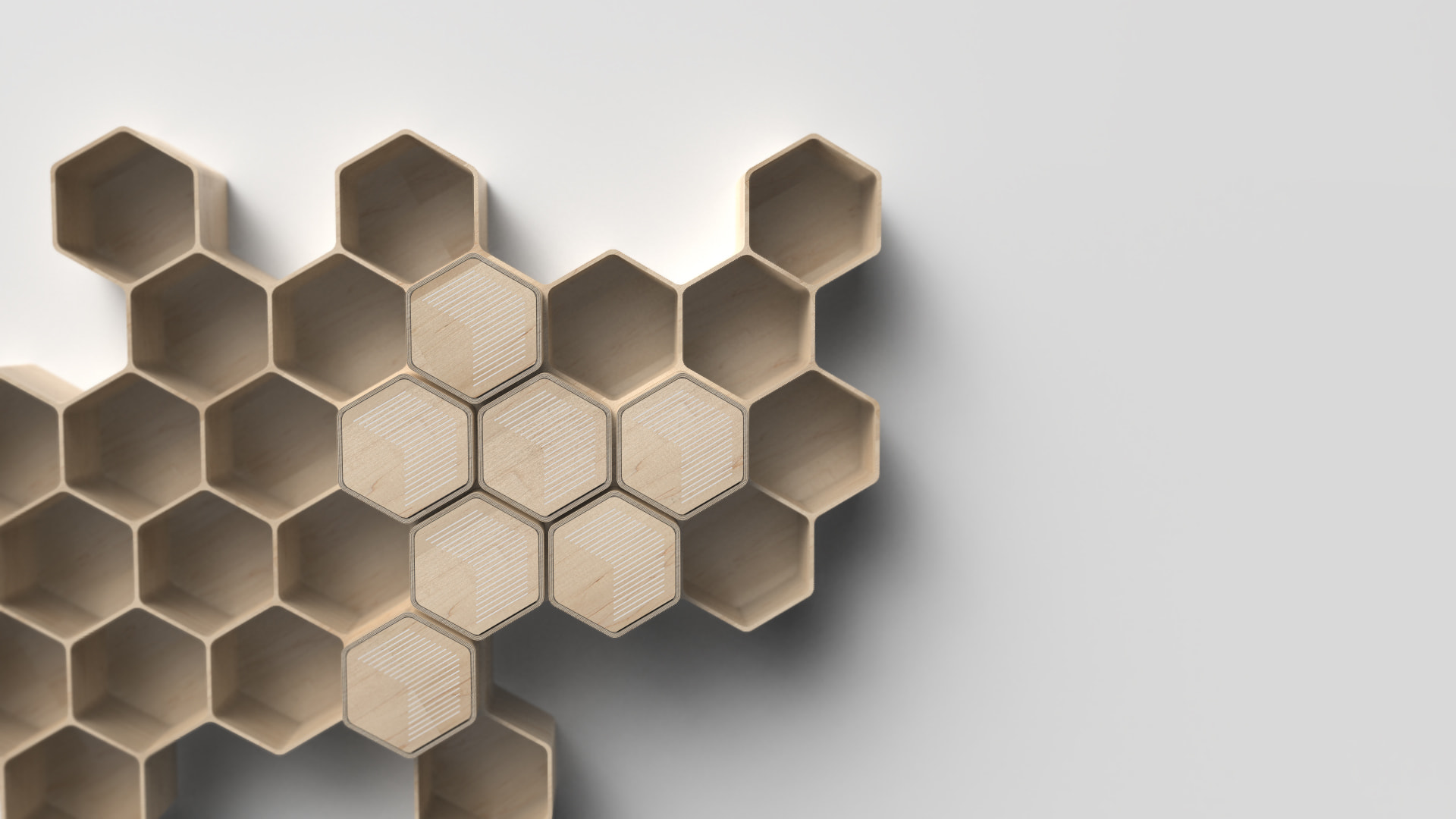Encouraging sustainable food choices at work
Climate change and ethical issues in food production, especially animal products, are well known. Still for most people a big portion of meals includes meat, milk products and eggs. WWF challenged us to encourage employees to make more sustainable food choices at work. The solution needed to be low cost, simple, mobile, easy to set up and scale with minimal impact on the organisation.
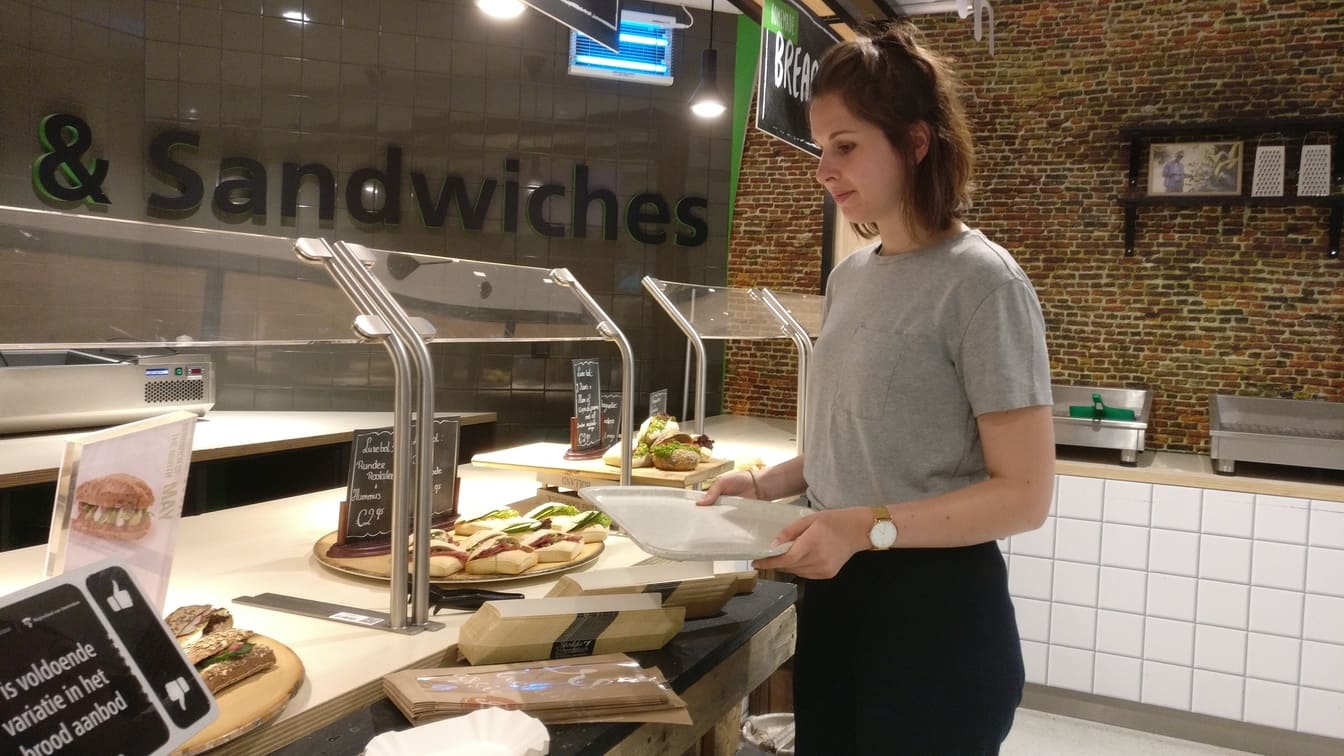
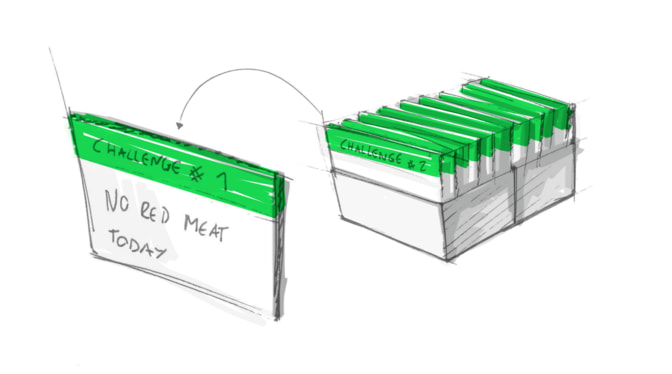
For behaviour change, you need motivation, a trigger, the ability to take action, a clear action, a reward, and ongoing engagement.
We developed a simple concept: daily challenge cards, where users draw and complete a new challenge each day. To support behavior change, we applied BJ Fogg’s Behaviour Model: for a prompt (trigger) to be successful, users need both motivation and the ability to take action. That’s why each card included a simple task and a clear reason why to do it.
To further develop the concept, we added a reward system inspired by behavioral economist Nir Eyal’s Hook Model, which highlights the importance of triggers, action, variable rewards and ongoing user investment.
Applying persuasion methods through popping colours and the jigsaw effect
Facebook created one of the most famous triggers out there. A red icon which calls for attention, through its popping colour, but also its triggered suspense about the unknown. That is why we added popping colours to the challenge cards and covered the challenges, so that each day stays a surprise. Another nice example is the jigsaw puzzle. We all know the satisfying feeling of putting pieces in their right slots, especially the last piece. We translated this phenomenon to our concept, by creating fitting slots for each card.
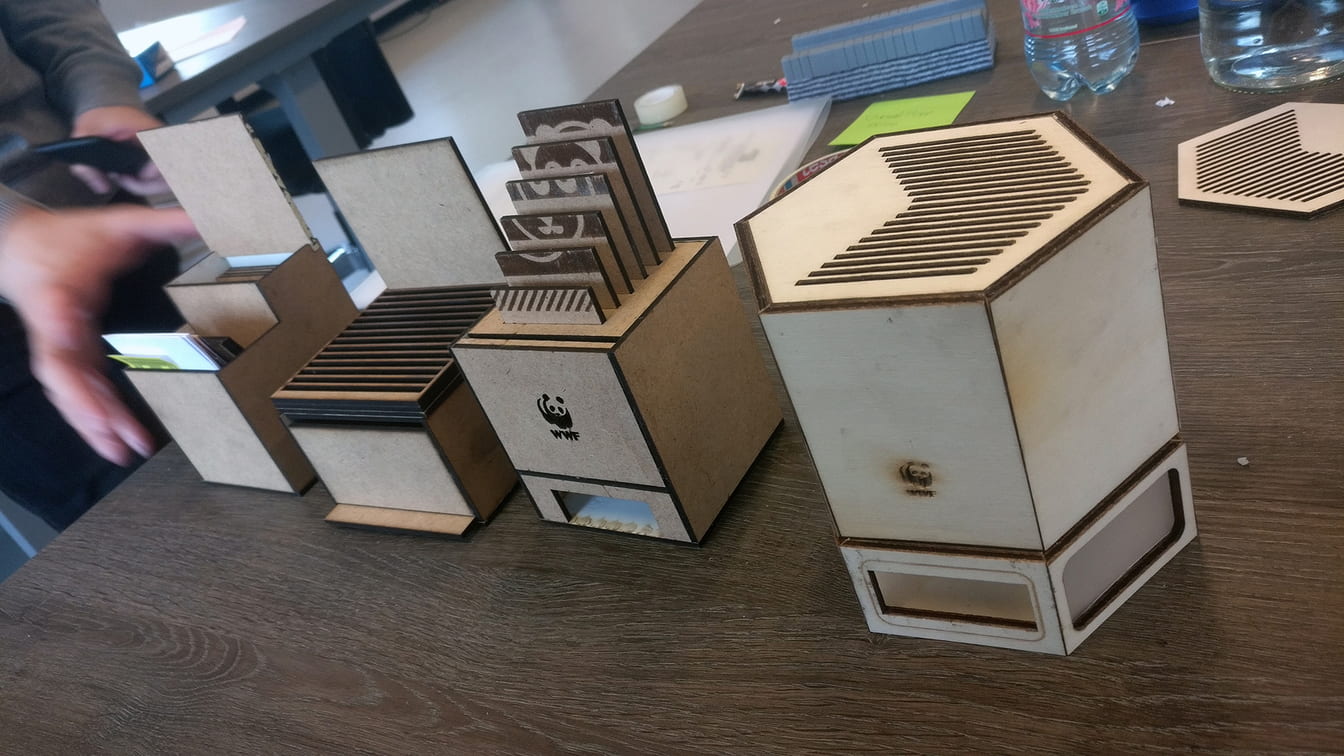
Outcome

Adding light for a strong immediate reward
In our user tests, we received mostly positive feedback about the challenge cards, but also negative, like the lack of strong immediate rewards. Because of that we developed several concepts around rewards and tested, which rewards would be the most fulfilling one. Light was the most favoured feature by the participants. Needless to say, there was the dilemma of using only recyclable and sustainable materials for the production against the need of using variable and meaningful rewards. That is why we decided that our product would travel with WWF to different companies to create a long life-cycle, plus using recyclable materials as much as possible.
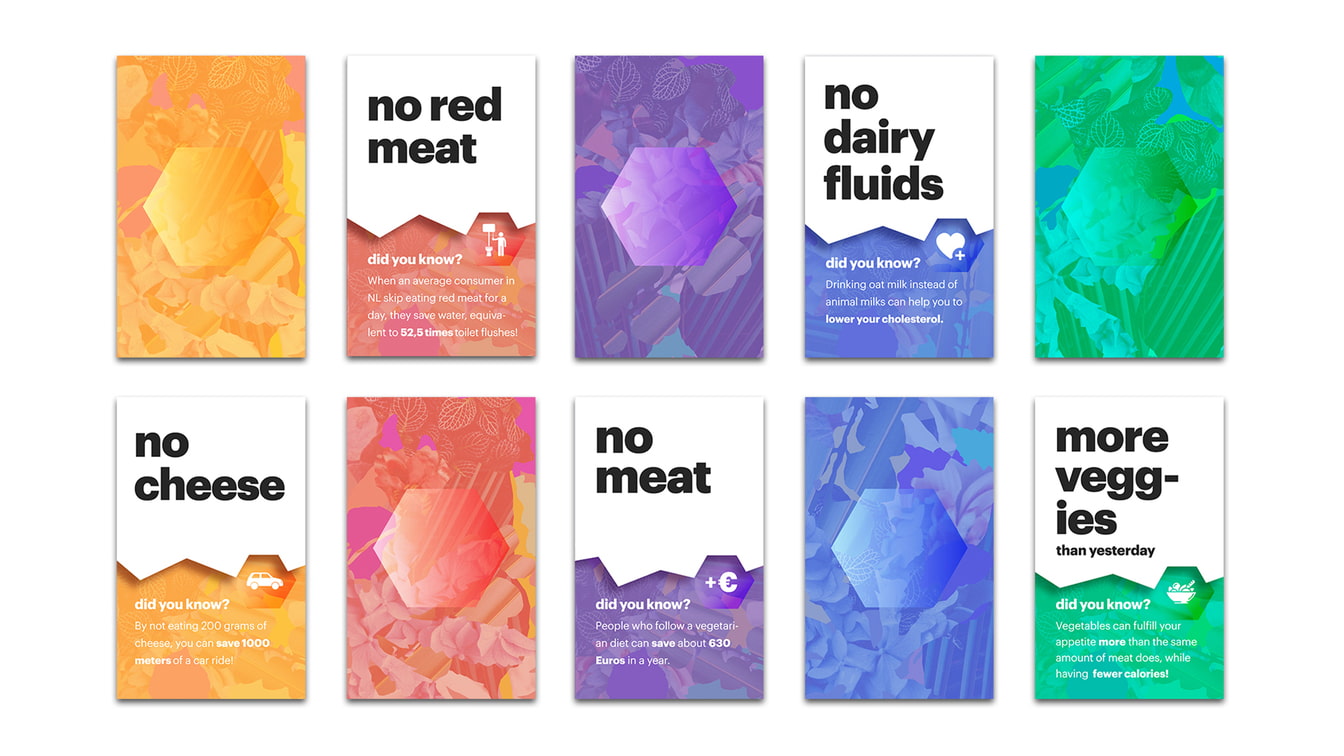
How individuals can see their impact on a personal and a collective level and change their behaviour sustainably
Each employee who wants to participate receives a box with an instruction sheet. For the next 20 working days, they draw a challenge card to complete during work. Every time they successfully complete a challenge and place the card in its slot on top of the box, one side of the box lights up for a few seconds. As the days go by, more sides light up, with the color changing each week.
By the end of the month, all the slots will be filled, giving the employee a satisfying feeling of success and personal pride. For a collective goal, there is a public “bee comb” installation where completed boxes are placed. Together, the company fills the installation, showing how each individual contributes to the whole. This serves as a meaningful metaphor, referencing bees as a symbol of climate change and collective effort.
